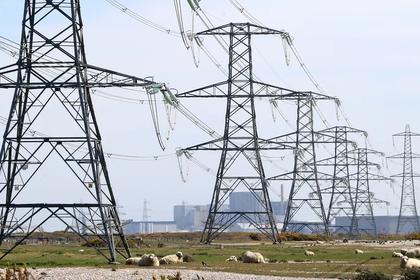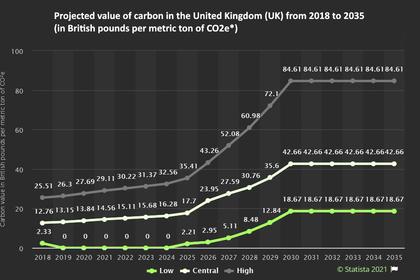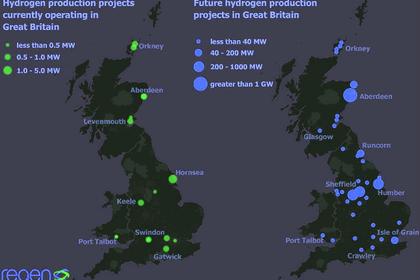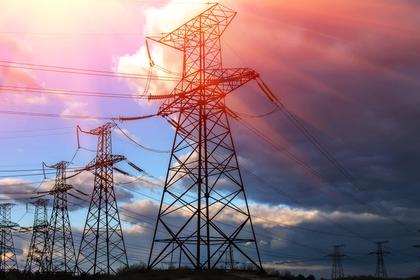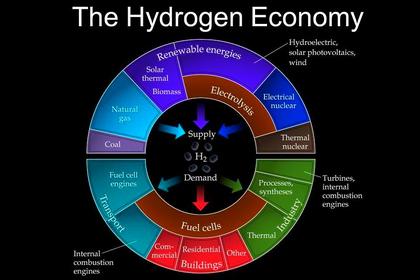
BRITAIN LOW CARBON ELECTRICITY
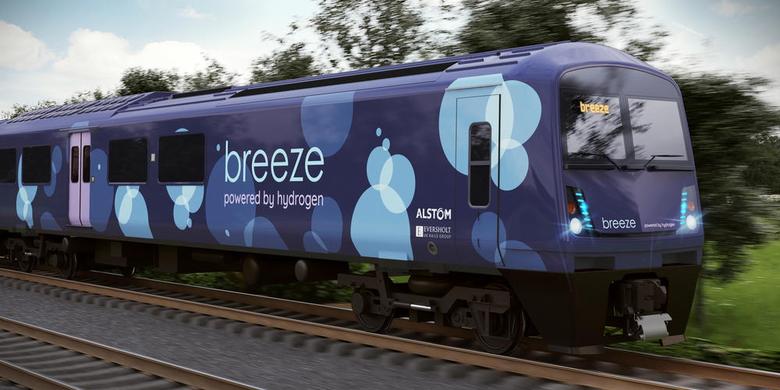
PLATTS - 08 Apr 2021 - Norway's state-controlled gas giant Equinor and UK utility SSE are to jointly develop two low-carbon power stations in the UK, comprising one of the UK's first power stations with carbon capture and storage (CCS) technology, and the world's first major 100% hydrogen-fuelled power plant, they said April 8.
The plans, underpinned by a new cooperation agreement between the two companies, are designed to support the UK's transition to net-zero, they said in a statement.
The two planned power stations -- Keadby 3 and Keadby Hydrogen -- will form a "clean power hub" near Scunthorpe and accelerate the decarbonization of the Humberside region, the UK's largest and most carbon-intensive industrial cluster.
They would replace older, carbon-intensive generation and provide support to "intermittent" renewable generation, thereby maintaining security of supply through the net-zero transition, they said.
Keadby 3 would be a 900 MW power station fuelled by natural gas and fitted with carbon capture technology to remove the CO2 from its emissions. The captured CO2 would then be transported using shared pipelines before being stored under the Southern North Sea.
"A formal consultation for Keadby 3 concluded in early 2021 and the project is currently progressing toward the submission of a development consent application in Spring 2021," the companies said.
Keadby 3 has the potential to come online by 2027, they said.
Keadby Hydrogen
Keadby Hydrogen would have a peak demand of 1,800 MW of hydrogen, producing zero emissions at the point of combustion.
"It would be the world's first major 100% hydrogen-fired power station, securing at-scale demand for hydrogen in the region for decades to come," the companies said.
"With appropriate policy mechanisms in place, Keadby Hydrogen could come online before the end of the decade."
The companies stressed that both projects are in the development stage and that they would continue to engage government, regulators and stakeholders.
"Final investment decisions will depend on the progress of policy frameworks that are commensurate with the delivery of this critical net-zero enabling infrastructure," they said.
The initiative was immediately welcomed by the UK government. "This new partnership will ensure that world-first technology is being developed in Scunthorpe and across the Humber, creating green jobs and bringing new investment [...] as the UK builds back greener," Kwasi Kwarteng, Secretary of State for Business, Energy and Industrial Strategy, said.
Supporting infrastructure
The projects would utilize the parallel hydrogen and CO2 pipeline infrastructure being developed by the Zero Carbon Humber (ZCH) partnership –- which includes Equinor and SSE -– and offshore CO2 infrastructure developed by the six-member Northern Endurance Partnership (NEP), which includes Equinor.
Both ZCH and NEP won public funding from the UK's Industrial Strategy Challenge Fund in March.
Equinor's H2H Saltend project will be the first to connect into the ZCH infrastructure and will come online by the mid-2020s.
Like the additional hydrogen that would be produced for the Keadby Hydrogen project, H2H Saltend will provide low-carbon hydrogen to already-identified customers.
As part of the agreement announced April 8, Equinor and SSE are also developing options for hydrogen blending at SSE's Keadby 2 project, which is already under construction, with the aim of progressively decarbonizing the plant.
The companies also have the intention to collaborate on projects elsewhere in the UK, they said.
"Today's agreement builds on the long-standing partnership between Equinor and SSE in the UK, which includes joint ownership of the Aldbrough gas storage facility in East Yorkshire, and the joint venture to build the Dogger Bank offshore wind farm," they said.
-----
Earlier:

